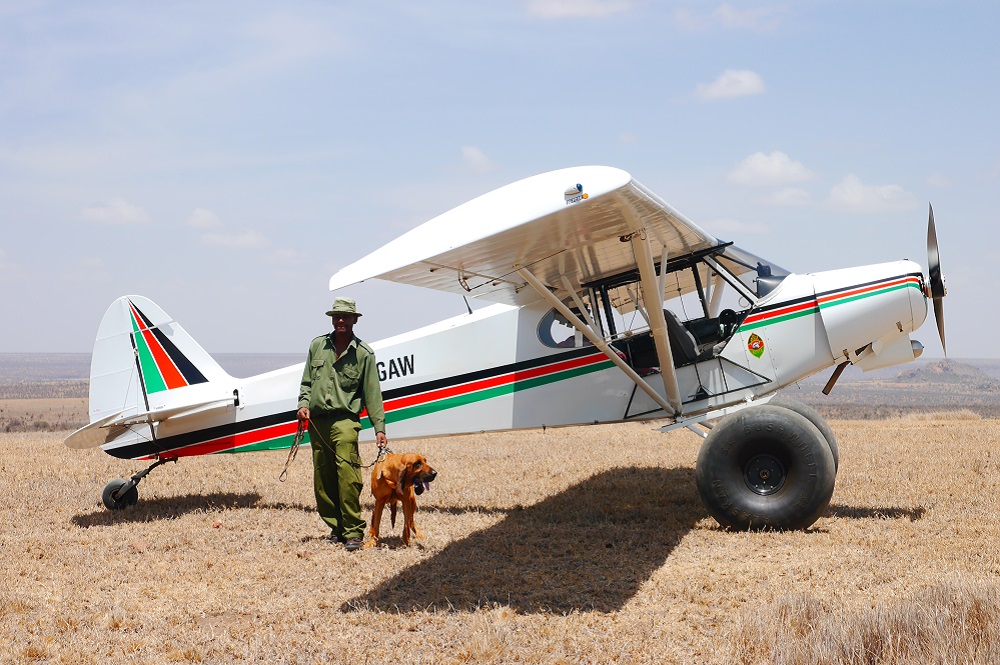Written by Jamie Gaymer, Wildlife and Security Manager, Ol Jogi Conservancy, Kenya.
Modern-day conservation has evolved dramatically. Today, more equipment than ever before is needed by conservation managers in Africa. This is especially so for critically endangered wildlife species, particularly those whose demand has acutely inflated in recent times. Rhinos are one such species: the illegal demand price for their horn has escalated by an estimated 3,000% in less than three years.
As conservation entities strive towards the most economically viable model to combat this wave of poaching, it is inevitable that the tools needed have to become more diverse. The use of different items in conservation is multi-faceted but, ultimately, they increase efficiency, improve wildlife protection and enhance ranger safety. Security, ecological management, education and communication are a few examples of the dynamic mosaic of considerations that require our attention.
Whilst equipment can greatly enhance our ability to proactively and reactively address conservation issues, we ultimately rely on human resources. Be it technological or physical, tools act as a supportive layer to improve safety and efficiency for the men and women who are engaged on the ground.
Similarly, there is no ‘silver bullet’ application of resources that will fix all conservation challenges. The mosaic is as dynamic as it is complex and it continues to evolve at a startling rate. We must critically evaluate all opportunities and learn from the experience of others, whilst also being effective given our unique status as individual entities. Legislation and regional policy also dictate the equipment that can be used in conservation, and this varies in different countries throughout Africa.
It is unfortunate, tragic even, that the protection of wildlife has deteriorated into a deadly battle in some instances. Whilst the focus in recent years has been on security in response to the upsurge in poaching, we still need equipment for biological management, awareness, education and healthcare, amongst other uses.
Managers should strive to invest in the most efficient combination of tools and assets that can improve their efficiency by supporting boots on the ground.
It is impossible to list all of the items that we require, but for just for our anti-poaching purposes, we tend to need:
- Personnel equipment: uniforms, boots, webbing, day-sacks, sleeping bags
- Vehicles: 4x4s, motorbikes, quad-bikes
- Aircraft: fixed-wing and helicopter
- Thermal-imaging tools and night-vision goggles
- Weapons (including firearms) and associated ammunition, scopes etc.
- First aid packs
- Communication equipment: radios (digital in some cases), mobile phones, satellite phones
- Internet and computer networks
- Remote motion-sensor cameras
- Detection equipment: magnetic, sound triangulation, radar
- Psycho-physiological detection of deception and multi-layered voice analysis (commonly known as polygraph tests)
- Analytical software
- Mapping imagery
- Fences and associated technologies
- Drones
- Equipment for canine unit support
- Wildlife monitoring hardware and associated software
A version of this article was originally printed in The Horn 2018.








